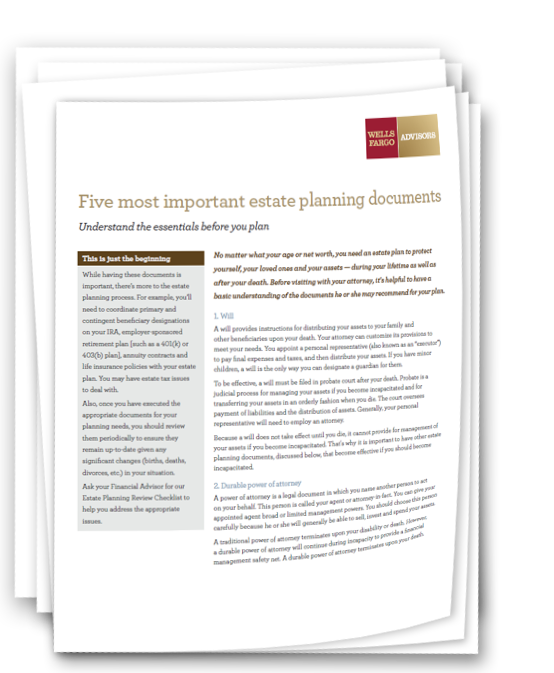Prepare with the Indian Institute of Cyber Security & Forensics (IICSF) and boost your success in the NET Forensic Science exam with expert guidance and curated study resources.

0%
Empowering Investigative Minds

Prepare with the Indian Institute of Cyber Security & Forensics (IICSF) and boost your success in the NET Forensic Science exam with expert guidance and curated study resources.
Explore our Free resources and experience the quality of content.
Learn first, then choose to continue.

50 Expert-led Lectures (Live + Recorded)
Complete Unitwise Notes for comprehensive understanding
Recommended Books for each unit
50 Practice Tests after every class to reinforce learning
10 Unitwise Weekly Tests for self-evaluation
10 Full-Length Mock Tests simulating real exam environment
15 Previous Year Questions (PYQs) with solutions
Expert Faculty: Learn from PhD holders and NET/JRF qualified educators

Get complete coverage of the NET Paper 2 Forensic Science syllabus with structured, in-depth modules.
Attend 50+ live and recorded classes for flexible and consistent learning anytime, anywhere.
Receive personal feedback and dedicated doubt-solving support from expert faculty.
Track your progress with regular monitoring and personalized preparation strategies.
Access comprehensive and well-organized notes tailored specifically for Paper 2.
Get a curated list of 50 recommended books to enhance your understanding and preparation.
Practice with past 15 years’ solved PYQs (Paper 2) to strengthen exam readiness.
Test your preparation with 10 full-length mock tests designed to simulate the actual exam.
Learn from experienced PhD, JRF and NET qualified faculty committed to your success.
Master the entire NET Paper 2 Forensic Science syllabus with detailed and well-structured modules.
Access 50+ live and recoreded classes for a flexible learning experience, available anytime and from anywhere.
Study with systematically prepared notes.
Explore a handpicked collection of 50 essential books recommendation to deepen your subject knowledge.
Sharpen your skills with solved previous year questions from the last 15 years (Paper 2).
Assess your readiness through 10 full-length mock tests that mirror the real exam format.
Gain insights from expert faculty members who are PhD holders and NET/JRF qualified professionals.


Practice with solved Previous Year Questions from the past 15 years (Paper 2).
Sharpen your exam readiness with 10 full-length mock tests.
Attempt daily practice tests after every lecture to reinforce learning.
Evaluate your progress with weekly unit-wise tests.
All content curated by PhD holders and NET JRF qualified faculty.
